In this comprehensive blog post, we’ll walk you through the process of adding the V380 Indoor Dual Lens Pan & Tilt Camera to your WiFi network and setting it up with the V380 Pro app. This advanced camera provides crystal-clear HD resolution and is equipped with remote pan, tilt, and zoom capabilities, making it perfect for monitoring your home or office.
Camera Features
The V380 Dual Lens WiFi Camera offers:
- Dual Lens Technology: One fixed lens for consistent coverage and a second lens that rotates both vertically and horizontally.
- Intelligent Human Detection: Auto-tracking capabilities that capture any movement.
- Night Vision: Visibility up to 10 meters.
- Storage Options: Supports up to 128GB microSD cards and offers cloud storage for added security.
- Real-Time Notifications: Triggers instant alarms when motion is detected.
- Two-Way Audio: Built-in microphone and speaker for seamless communication.
- Mobile App Control: The V380 Pro app allows full control, live streaming, and playback on iOS and Android devices.
Accessories Included
The camera comes with:
- User Manual
- USB Power Adapter
- C-Type USB Power Cable
- Camera Fixing Mount with Screws for easy installation

Step 1: Memory Card Installation
- Power Off the Camera: Ensure the camera is powered off to avoid damage when installing or removing the memory card.
- Locate the MicroSD Card Slot: It’s situated on the bottom of the rotating lens. Lift the camera lens gently to access it.
- Insert the Memory Card: Insert the microSD card securely. The camera supports cards up to 512 GB, allowing for significant recording time (up to two weeks).
- Check Card Seating: Ensure the card is properly seated to avoid data loss.

Step 2: Power Up the Camera
- Connect to Power: Use the provided DC power adapter and USB cable to connect the camera to a power source.
- Startup Sequence: Observe the pan-tilt (PT) lens rotate as the camera powers on. A red light indicates booting, which will turn blue when ready for WiFi configuration.

Step 3: Download and Install the V380 Pro App
- Download the App: Search for “V380 Pro” in the Google Play Store or Apple App Store and download it.
- Open the App: Accept terms and conditions; review the brief feature introduction to familiarize yourself with the app.
- Select Your Region: This optimizes the app settings for your location.
- Log In or Register:
- Existing Users: Enter your email or phone number and password.
- New Users: Register using an email or mobile number. Complete the captcha verification, receive a verification code via SMS, and create a password.



Step 4: Camera Reset
If your camera isn’t in network connection mode:
- Reset the Camera: Press the reset button for 5-10 seconds. This will prepare the camera for connection.

Step 5: Adding the Camera to the App
- Open the App: Click on the ‘Add Device’ button or the ‘+’ symbol.
- Scan the QR Code: Point the camera scanner at the QR code displayed on the camera.
- Grant Permissions: Allow the app to access necessary features on your phone for proper functionality.
- Connect to Wi-Fi: Ensure your phone is connected to a 2.4GHz Wi-Fi network (the camera doesn’t support 5GHz).
- Enter Wi-Fi Password: Enter your Wi-Fi password when prompted.
- Hold Phone in Front of Camera: Present the generated QR code to the camera lens from 10 to 30 cm away.
- Confirmation: When the camera announces “network connected,” tap “I heard network connected” in the app.




Step 6: Device Naming and QR Code Storage
- Name Your Camera: Enter a desired device name for easy identification.
- Save QR Code: Keep a copy of the generated QR code for future configuration needs.

Step 7: Memory Card Initialization and Settings Configuration
- Initialize Memory Card: If prompted, initialize the memory card. If not, manually check the status in settings.
- Configure Date and Time: Go to the camera settings to adjust date and time based on your location.
- Format SD Card: If needed, format the SD card for recording.
- Recording Preferences: Choose between continuous or event-based recording modes and adjust video quality.

Step 8: Final Setup and Usage
- Check Recording Status: The camera will prompt “formatting” during the initialization. After this, it will confirm successful initialization.
- Live Stream: Click on ‘View Device’ to access the live feed.
- PTZ Control: Utilize pan, tilt, and zoom features as needed.

Conclusion
After completing these steps, your V380 Dual Lens Camera will be fully operational, allowing for live streaming, playback, and effective monitoring. Should you have any questions or need further assistance, feel free to check out additional segments of this video series, where we cover more about storage settings, event alerts, two-way audio, and other configurations.
If you found this guide helpful, please consider supporting us. Your support enables us to continue providing valuable resources and content. Whether it’s through liking, sharing, or subscribing to our channel, every bit of support is greatly appreciated.
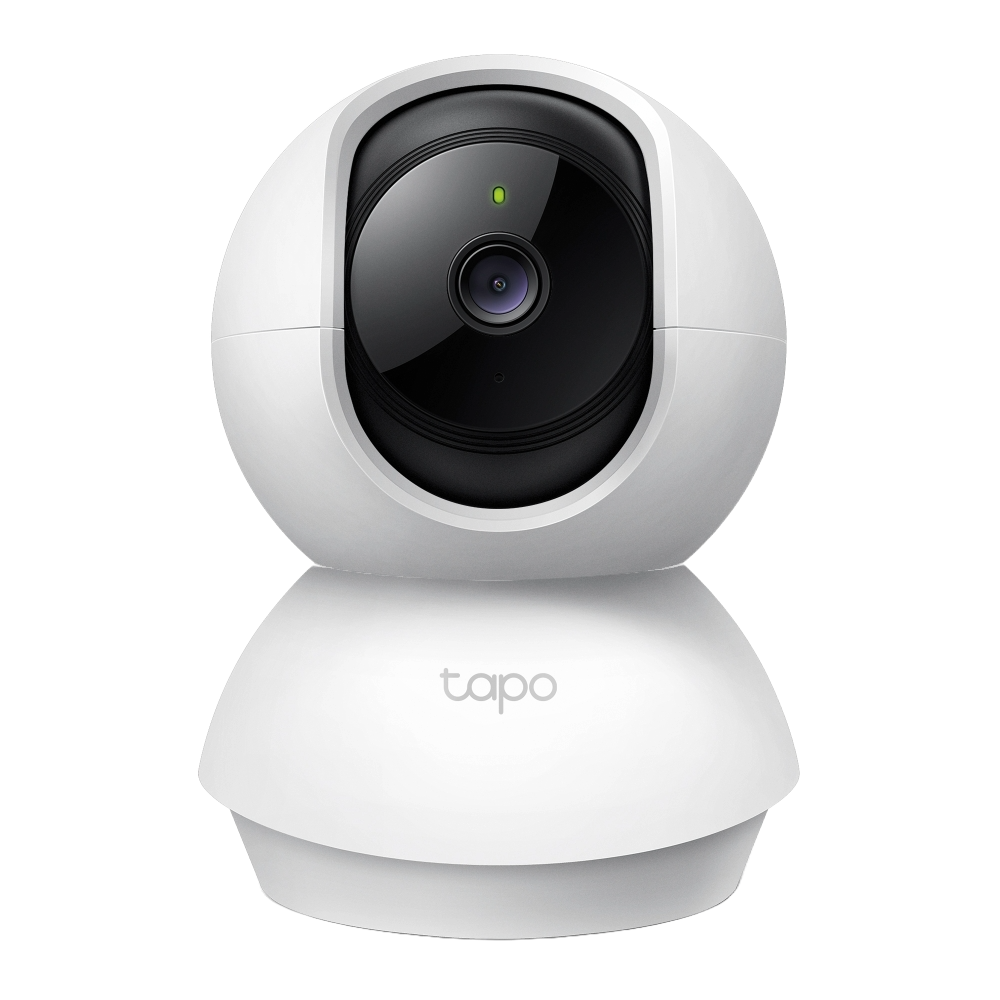



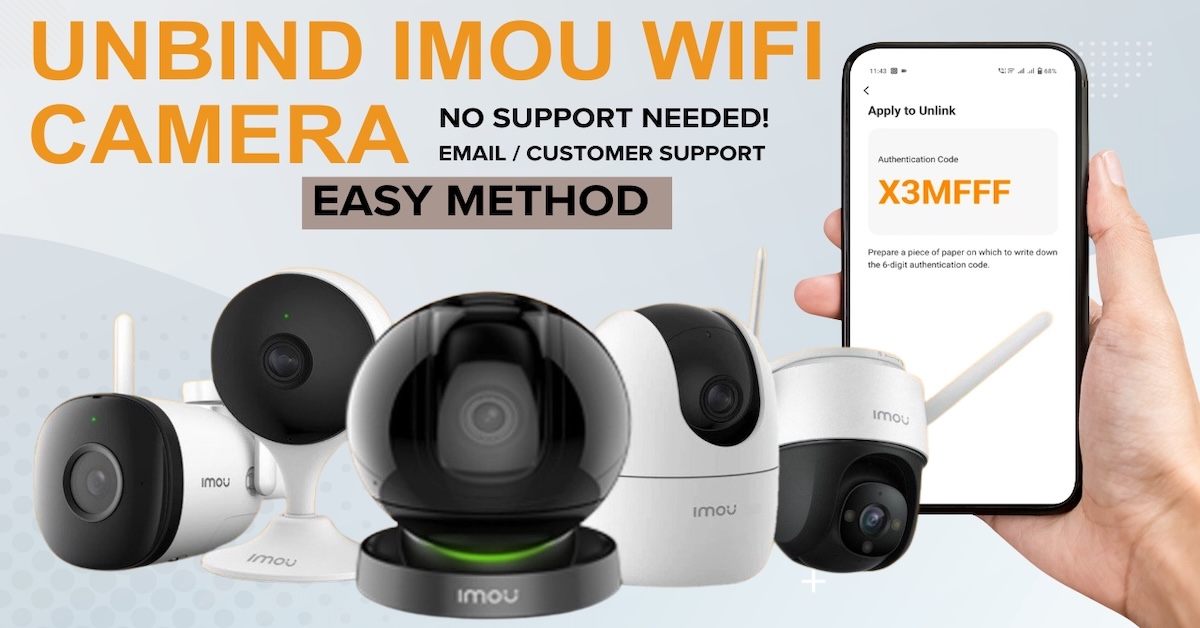

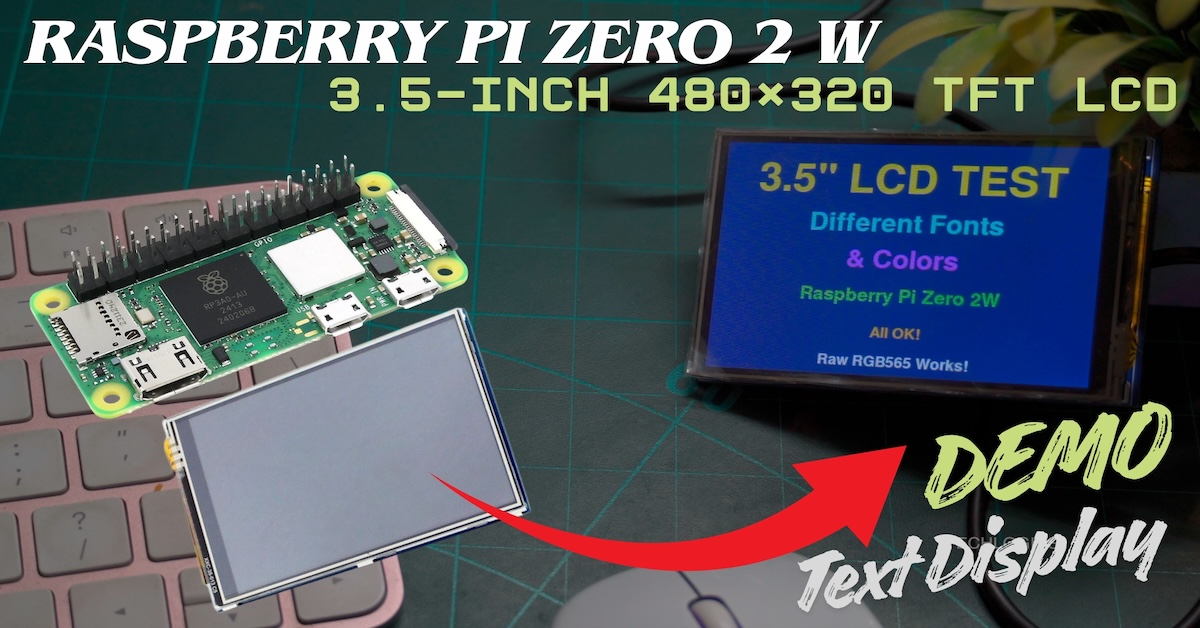

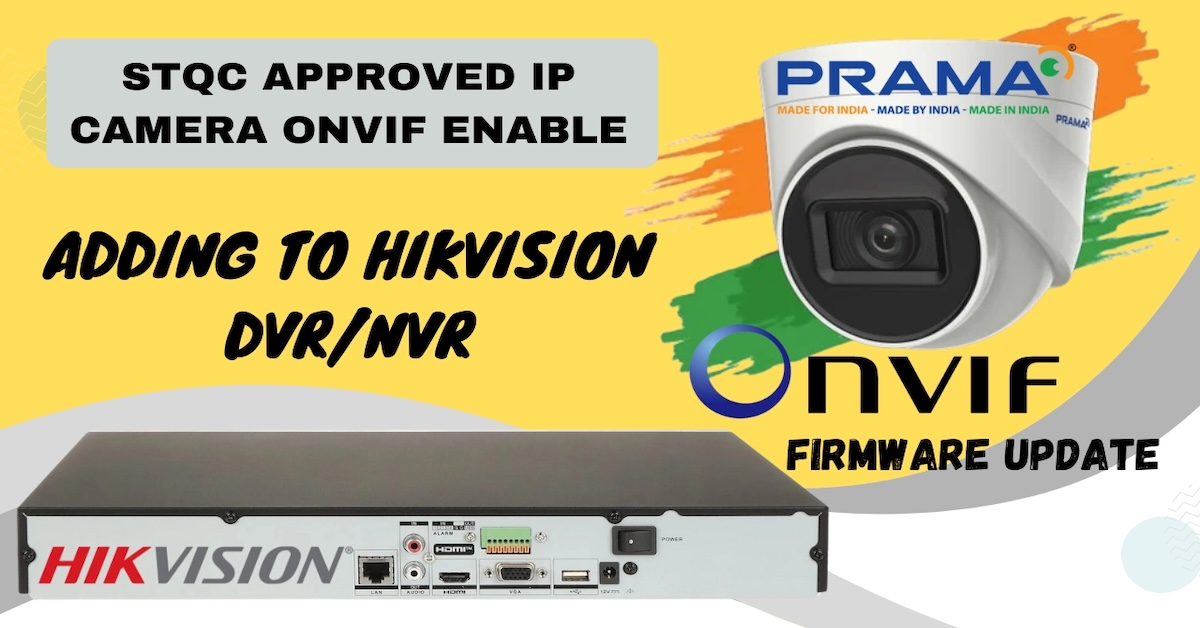
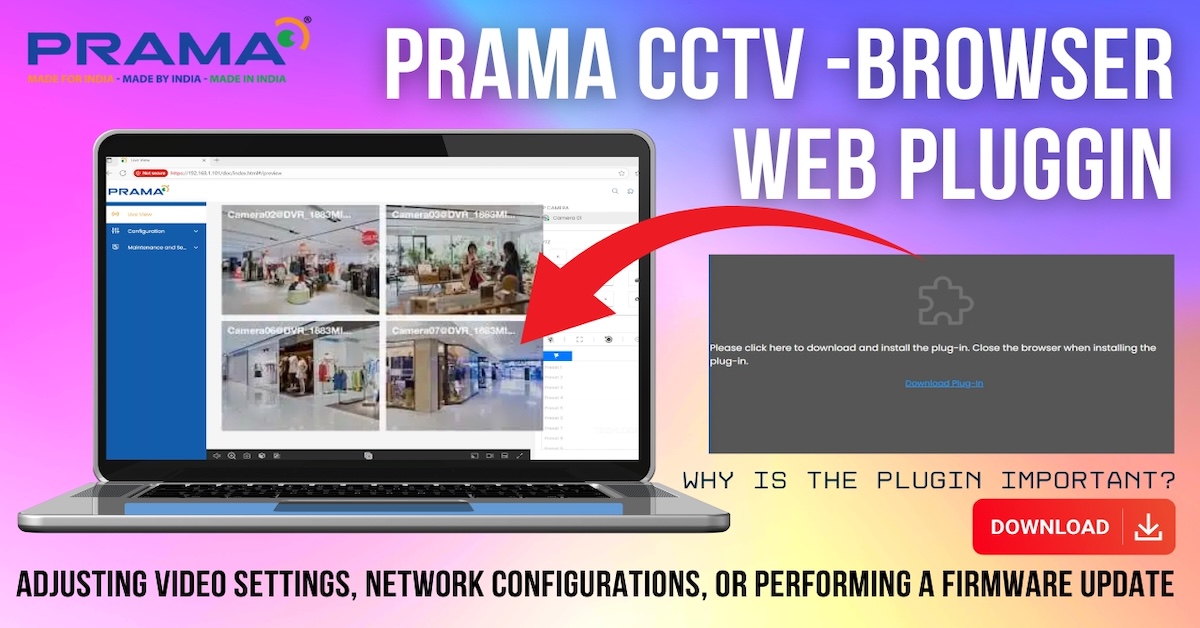
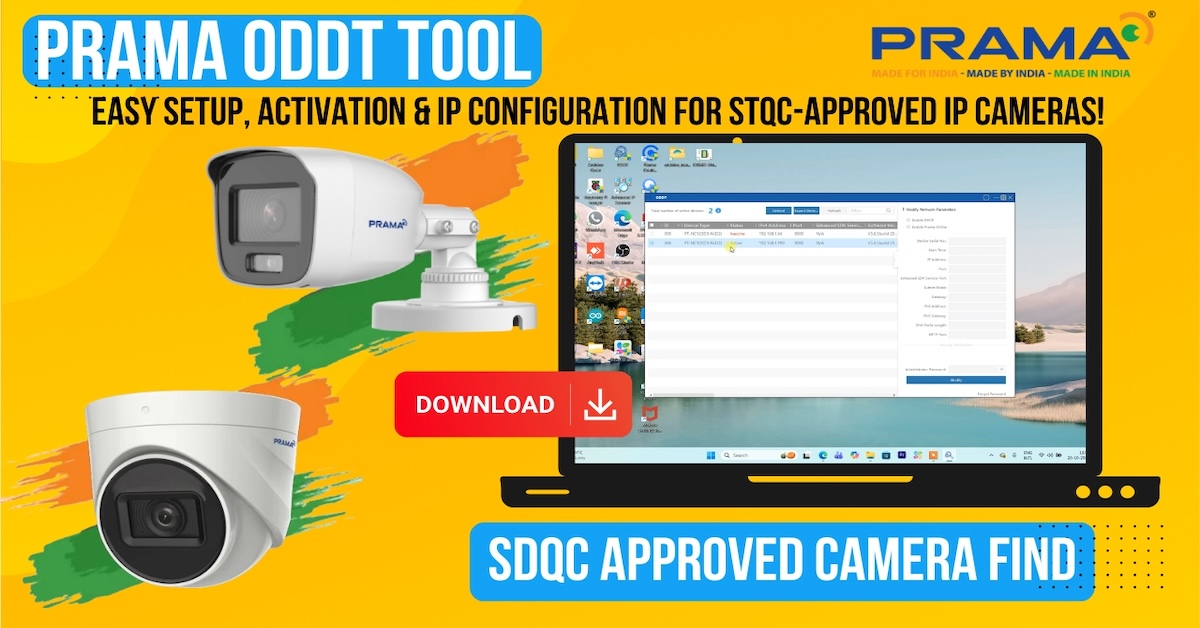

One response to “How to Set Up the V380 Indoor Dual Lens Pan & Tilt Camera: A Step-by-Step Guide”
Nice post. I used to be checking constantly this blog and I’m impressed! Extremely helpful information particularly the closing section 🙂 I deal with such information much. I used to be looking for this certain information for a very long time. Thank you and good luck.